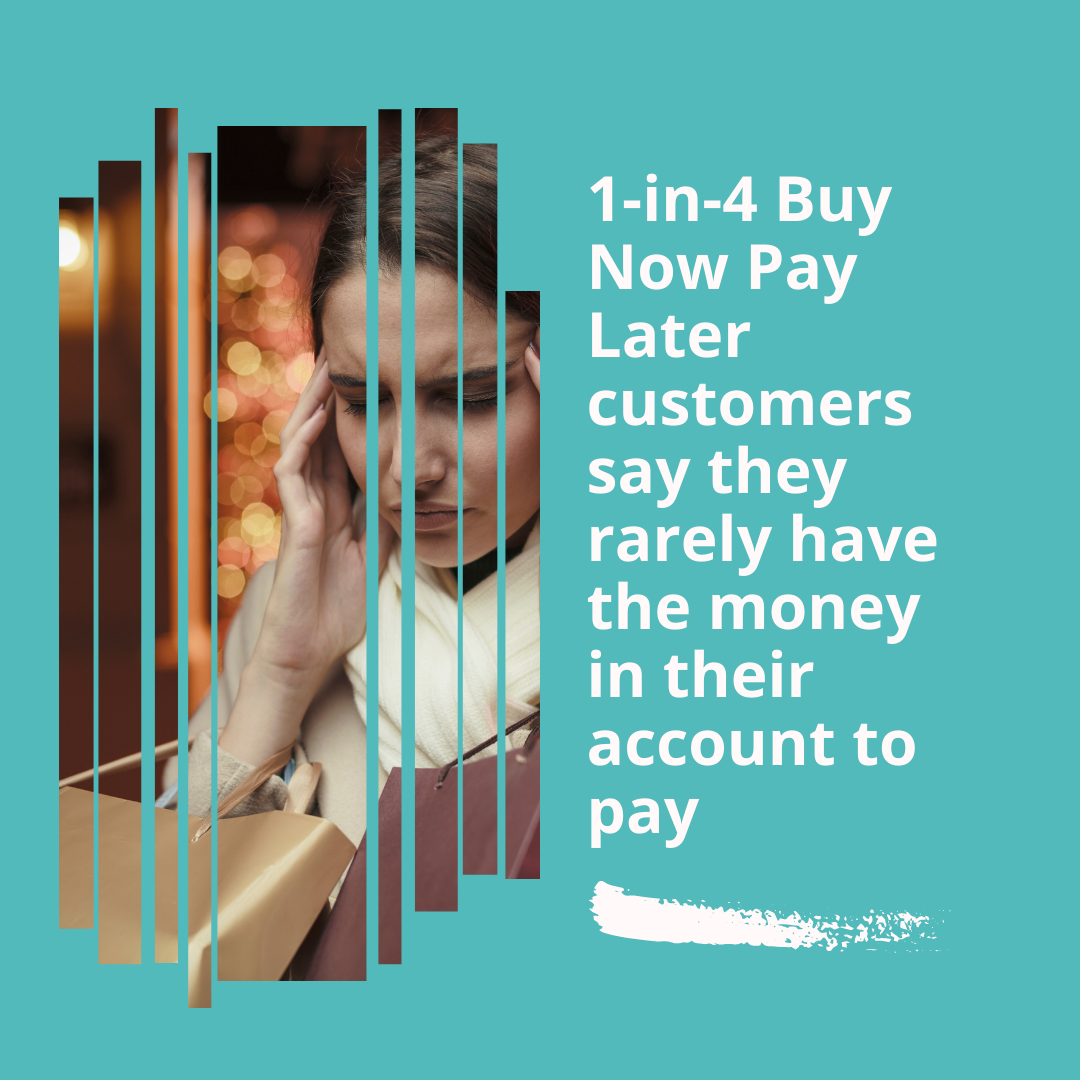
24 Jan
Buy Now Pay Later: Is it right for me?
What is Buy Now Pay Later?
Interest-free buy-now-pay-later agreements are quickly increasing in popularity. This rise is not surprising, especially as the Covid-19 pandemic found many people turning to online shopping. Any provider that allows you to purchase goods that can be paid for either later or by a number of instalments falls under the BNPL umbrella. However, shops and catalogues offering BNPL is something that has been possible even before the onset of internet shopping.
With the advance in technology, online providers have adapted this method into the world of online shopping. Customers can now use a single BNPL provider on a multitude of online retailers. This means that the BNPL providers become more visible no matter where you conduct your shopping. The checkout process for most major retails, such as Boohoo, Asos, and H&M, now includes the option to BNPL. This can lead to the belief that these providers have higher credibility. These online stores provide the BNPL provider with approximately 5% of every sale, plus 20p.
What are the current opinions on BNPL?
It was estimated that one in ten shoppers used BNPL to purchase gifts during the 2021 Christmas period. As a result, debt charity StepChange has expressed fears that the BNPL industry could leave many people in major financial hardship beginning in 2022.
Sue Anderson, StepChange, said:
“Easy borrowing might be good for shop sales, but it raises the risk of many consumers sinking into debt.”
John Glen, Economic Secretary to the Treasury, said:
“Buy-now-pay-later can be a helpful way to manage your finances but it’s important that consumers are protected as these agreements become more popular. By stepping in and regulating, we’re making sure people are treated fairly and only offered agreements they can afford – the same protections you’d expect with other loans.”
What are the problems with BNPL?
Before 2nd February 2021, BNPL agreements were not regulated by the Financial Conduct Authority (FCA). This essentially meant that BNPL providers were able to issue credit to people who could not afford to pay the balance and would therefore find themselves in increased debt.
These seemingly appealing ways to pay for purchases are not without their risks. Due to the relative ease of the process, many people have fell into a ‘trap’ of borrowing more than they can afford to pay back. Many consumers do not think of BNPL as a form of credit and as a result are less frugal when it comes to acknowledging how future payments align with their income and expenditure.
A common problem that customers have found themselves in is overestimating what they can afford, which can come at a detriment to their financial situation. Not only can any failure to make a payment on time negatively affect their credit history, but interest and charges can mount up for late payments. Further, although the average transaction seems to be relatively low, customers’ ability to take out multiple BNPL agreements with different providers means that it is easy to accumulate a high amount of debt.
What happens if someone can’t pay?
Any failure to pay the outstanding BNPL balance can result in the debt being transferred to debt collectors. One in 10 BNPL users are referred to debt collectors, which has risen to one in eight young people. Those customers that were referred to a debt collector largely experienced negative consequences. Overall, 96% reported experiencing sleepless nights; ignoring texts; emails and letters; avoiding answering the door; borrowing money to repay the debt, or their mental health declining. Some said they experienced more than one of the above.
Interestingly, none of the BNPL checkout processes identify that the customer could be referred to debt collectors for missed payments and is instead included in the terms and conditions. The research also identified that only 11% of BNPL providers warned shoppers that they were taking out a credit agreement and the remaining 89% put the information in the small print. This lack of clear transparency is a severe drawback of BNPL providers, which certainly adds to the ‘falling into a trap’ analogy.
What does the future of BNPL look like?
The risk does not appear to be diminishing. Major BNPL providers are expected to expand their products to higher-value retailers and also become available in-store. Nevertheless, the government’s decision to regulate BNPL through FCA oversight does give the consumer a higher level of protection. Further, affordability checks are able to be conducted prior to the purchase.
What are the positive aspects of BNPL?
It is important to acknowledge the risks, especially if you think you may be borrowing more than you can afford. Yet, the appeal of these BNPL retailers remains and can easily explain the increase in popularity. The main benefit of BNPL agreements is that people are able to manage their finances more effectively. People now have the ability to spread the cost of a purchase interest free. Additionally, the ease and flexibility of BNPL can help people secure discounts that are available for a limited time. It is also convenient for shoppers who prefer to ‘try before they buy’. For example, you can order a dress using BNPL, try it on, and return it before the first payment is taken.
Evidently, BNPL has multiple benefits and limitations. However, they should only be used by people who can comfortably afford to make any repayments. Full research and budgeting should be conducted prior to any BNPL purchases. This will prevent you entering any financial difficulties in the future.
If you’d like to know if you can afford a Buy Now Pay Later agreement, why not try our free IE Hub budgeting tool?
